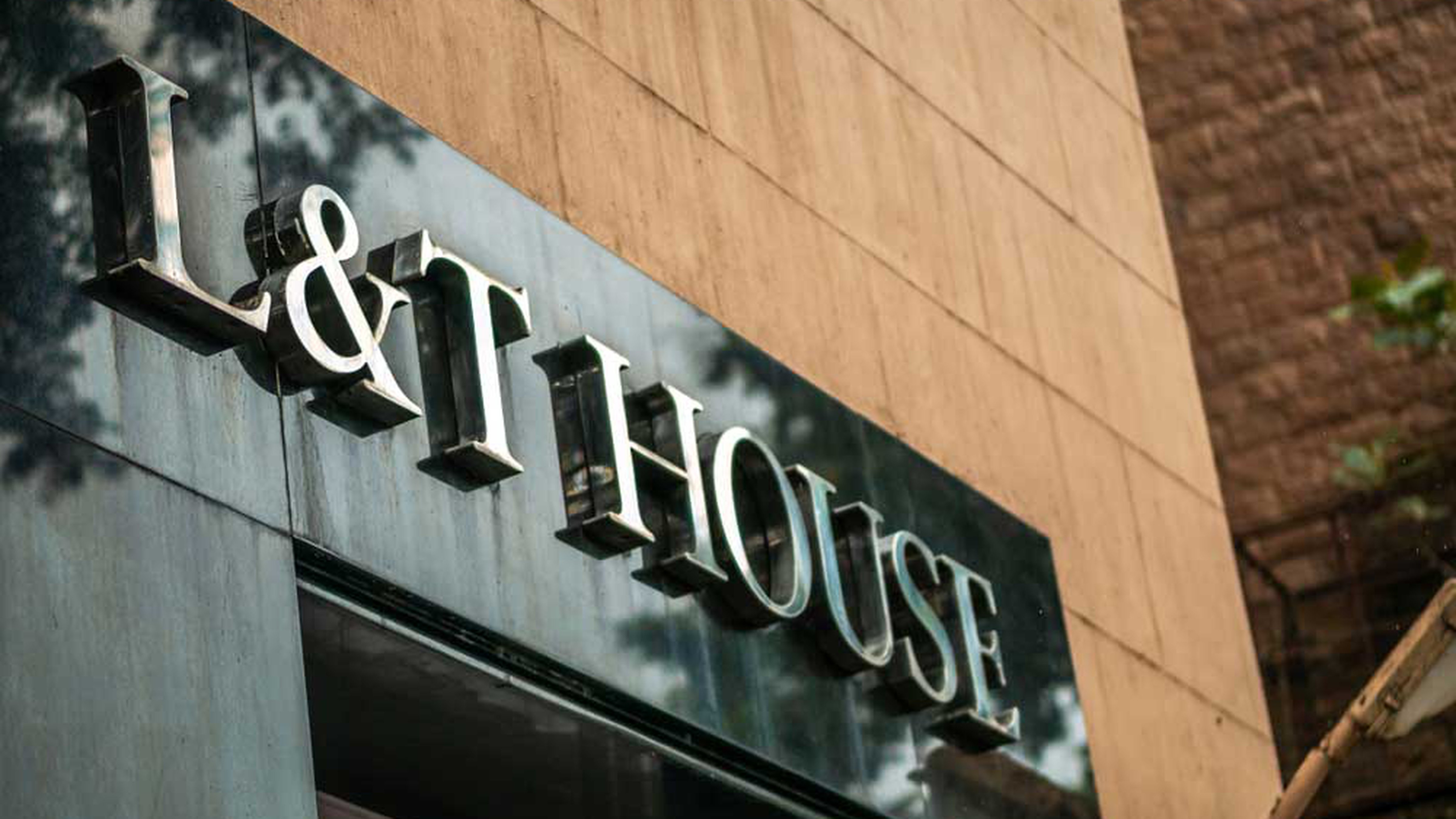The rejection of Larsen and Toubro’s (L&T) share buyback plan by Sebi has led to questions on whether the standalone or consolidated financials of a company should be considered. However, proxy advisory firm IiAS feels the latter is a more prudent method of defining parameters.
On Saturday, L&T had announced that the market regulator had denied it permission for a Rs 9,000-crore share buyback programme.
Sebi had said it was rejecting the proposal as the ratio of the aggregate of secured and unsecured debts owed by L&T after the buyback (assuming full acceptance) would be more than twice the paid-up capital and free reserves of the company based on consolidated financial statements.
The proposed buyback was not in compliance with the Companies Act and Sebi norms, which say that a debt-equity ratio (post buyback) on a consolidated basis should not be more than 2:1. This development led to shares of L&T closing 0.31 per cent lower at Rs 1,314.20 on Monday.
In a note, IiAS said Sebi’s rejection raises questions on whether financial metrics should be considered at a consolidated level or at a standalone level. It added that the refusal brings to the forefront the concern that much gets hidden in subsidiaries and that a lesson from the recent meltdown in the IL&FS group was playing on Sebi’s mind when it turned down the proposal.
According to the firm, while L&T is not incorrect in its stance, the regulator too has a point of view which should not be ignored.
“Most of the push-back to Sebi’s response comes from the fact that L&T’s consolidated debt includes the debt of its financial services vertical — L&T Finance Holdings and L&T Finance (the operating company).
“While a requirement of a debt-equity of 2:1 is text-book prudence for manufacturing companies, it is not so for companies in the financial services space. NBFCs operate at a higher debt-equity ratio. An NBFC with a debt-equity of 5x isn’t unusual,’’ IiAS said.
Here, it pointed out that the argument for a carve-out of the NBFC is weak. While at best one can argue that the 2:1 debt-equity threshold is harsh as L&T has an NBFC in the group, that argument could then lead to companies asking for industry-specific debt-equity levels. It, therefore, observed that the 2:1 debt-equity requirement must be looked at as a guidance to companies that they should not be considering buybacks if they have large debt on their books.










